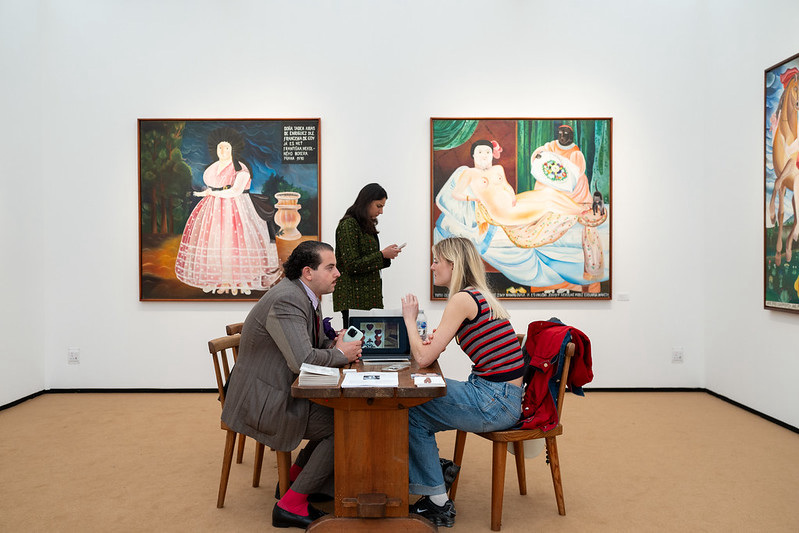
This is Street Smarts, a column from art advisor Ralph DeLuca that offers art world veterans and newcomers alike a straight-talking, no-bullshit guide to the aloof and difficult-to-crack contemporary art market. This is the second installment in a two-part series on art advisors. Read the first installment, a guide for collectors on how to choose the right advisor, here.
More times than I can count, I have heard versions of the following complaint from gallerists: “I was selling a lot of art to XYZ person—then, boom—they get a goddamn art advisor, and just like that, it’s over.” Or: “I’ve got the collector’s direct contact—I don’t need to go through some middleman.” If that’s your attitude, then your statements are correct. That bridge probably is burned. I notice this mindset with smaller galleries in particular, who might have less experience working with advisors. They can be dismissive and combative toward the person who is getting paid to help build a client’s art collection.
I’m here to offer you a different way to look at this situation. Art advisors are not the enemy. Working with—not against—advisors is a serious opportunity to make the whole process smoother, smarter, and more profitable for everyone involved.
A great advisor can be your best unpaid salesperson (plus: no overhead, W2s, benefits, or vacation days required!). Not only are they armed with your PDFs for art fairs and shows, but they can speak about your program in the context of the entire art market AND the client’s collection—not just the four walls of your gallery. An advisor can also do reconnaissance for you, informing you what would and would not work in a client’s collection based on that person’s taste, goals, budget, and floorplan. If used correctly, an advisor can help galleries take fewer shots and have a higher hit rate. So instead of meeting advisors with resistance, consider inviting them out for coffee and figuring out how you can work together more effectively and seamlessly.
An important caveat: if the gallerist and/or the advisor is dishonest, all the advice in this article goes to shit and I recommend watching The Wolf of Wall Street or episodes of the TV show American Greed to see how that all works out.
But assuming everyone here is acting in good faith, here’s what I recommend for gallerists looking to build strong, lasting relationships with advisors.
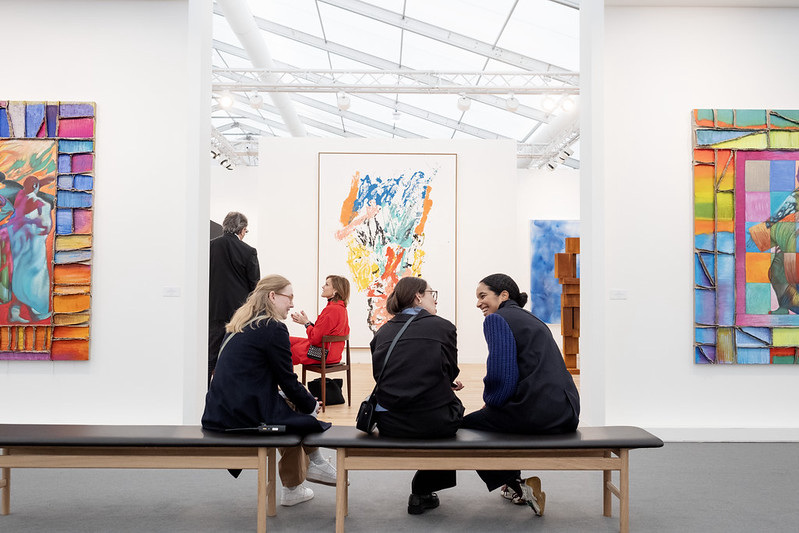
1. Understand the role of an art advisor—and don’t let ego affect your income.
Don’t take it personally if an advisor tells you their client is passing on an artwork—and certainly don’t try to guilt-trip them into changing their mind. Advisors are there to serve their client’s vision, not liquidate a gallerist’s inventory.
Art advisors act as trusted experts who guide collectors in acquiring works that align with their style, finances, and vision. Their reputations are built on providing unbiased recommendations, ensuring their clients make informed, strategic purchases. The sooner you accept that our loyalty is to the collector, the sooner we can start building a real partnership.
2. Build trust through transparency.
Advisors need to know what they’re dealing with. Be upfront about pricing, condition reports, provenance, and where the work sits in the market. Being transparent about these factors helps establish trust and credibility. If you consistently provide honest, reliable information, advisors will be more inclined to bring their clients to your gallery.
This goes both ways. Advisors should be transparent about their fees (one side of the transaction only, disclosed to their client) and communicate with the gallery immediately if any issues arise.
3. Respect the advisor’s expertise and relationships.
Unless an art advisor gives you a reason to not trust them, or there are signs that they aren’t being transparent with you or the client, respect their relationship with their client. Don’t go around them—that kind of move gets noticed.
Some collectors love to be involved in every deal; others prefer things curated, quiet, and handled. Let us help you read the room. We’re not trying to block relationships—we’re trying to build them the right way. Acknowledge advisors’ role as a facilitator and provide them with the tools they need to effectively advocate for your artists.
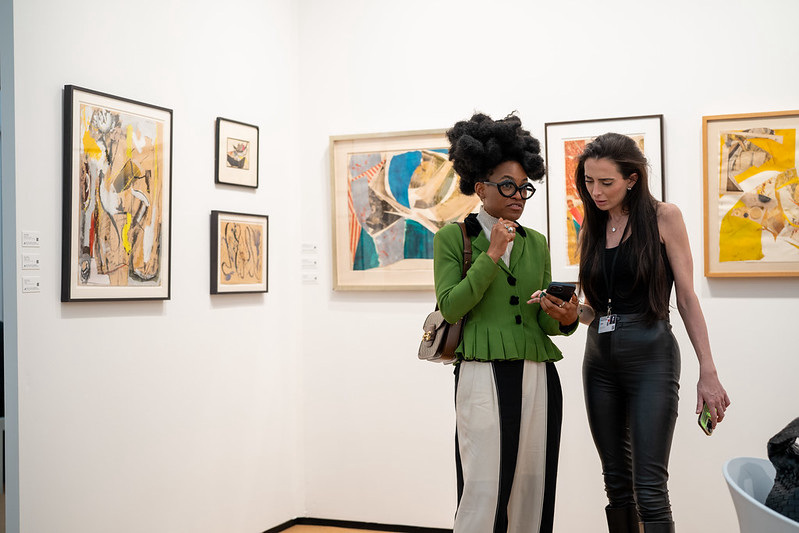
4. Deliver seamless service.
Advisors love efficiency. Clean invoices with correct sales tax, timely responses to emails, and smooth shipping all matter. Remember that reporting incorrect dimensions sometimes makes the difference between a work fitting through a client’s doorway or not. Be known as the gallery that gets things done accurately and professionally, and I guarantee you that advisors will be more likely to return with other clients.
Bonus tip: don’t be the gallery that holds up a client’s install because you can only release artworks on Tuesdays from 1:00 to 1:25 p.m.
5. Take accountability.
Advisors help keep everyone (including the client) accountable to the rules and practices of the art world. That means respecting holds, honoring payment timelines, and maintaining transparency. If something’s off, it should be addressed quickly—before it becomes a problem. The art world has rules—sometimes unwritten, sometimes contractual—and the best relationships are grounded in mutual accountability and shared ethics.
Bottom line: art advisors aren’t roadblocks—they’re fast tracks to smarter, more strategic sales. When gallerists and advisors are aligned, artists thrive, collectors feel seen, and galleries’ bottom lines benefit. Let’s stop seeing advisors as middlemen and start seeing them as allies.
DeLuca’s Definitions: An Art-World Glossary
Condition Report
An assessment detailing the physical state of an artwork, often shared among galleries, advisors, and collectors before a work is resold.
Floorplan
The physical layout of a client’s space—important for determining placement and suitability of artworks in a collection. This can determine what fits (both physically and aesthetically).
Hold (on an artwork)
An informal or formal agreement to reserve an artwork for a particular client for a set period of time, during which it cannot be sold to another buyer. If the client is passing on a work, advisors should immediately let gallerists know so they can offer it to others. Until then, gallerists should always honor holds.
Middleman
In this case, a pejorative—and incorrect—term used to describe art advisors as intermediaries. Good advisors act as liaisons between collectors and galleries to ensure smooth communication and well-managed transactions.

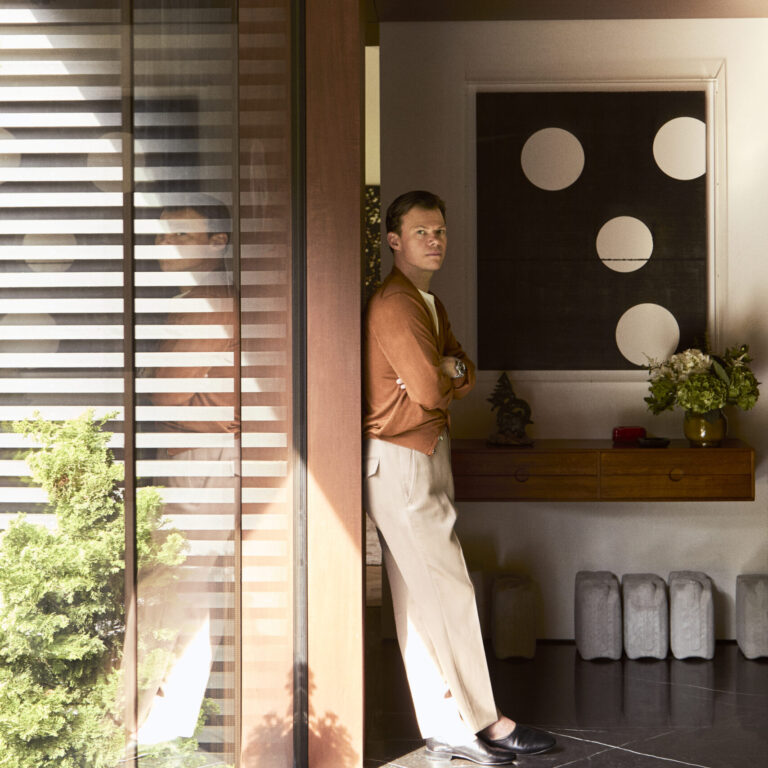

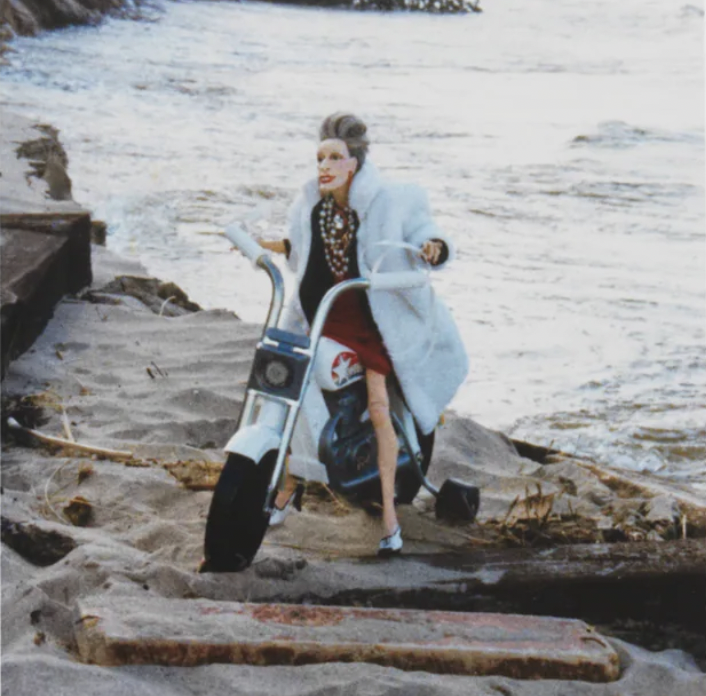


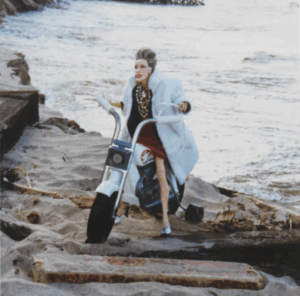

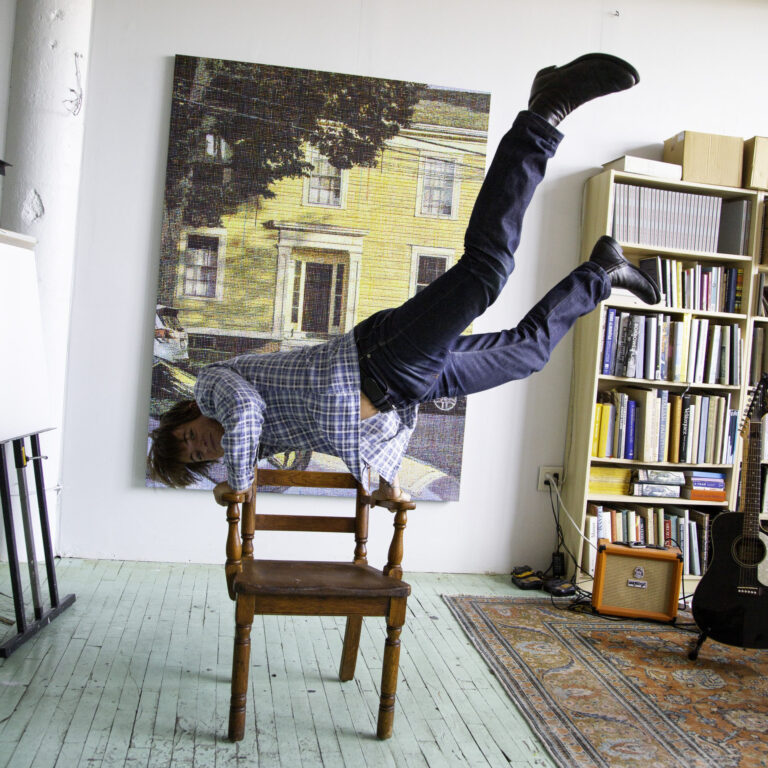

 in your life?
in your life?

